UN committee draws up code for child rights in digital world
Over 30 years after the invention of the world wide web, the UN Committee on the Rights of the Child has laid out the ways that young people and children should be treated in the digital world, and how their rights should be protected

Over 30 years after the invention of the world wide web, the UN Committee on the Rights of the Child has laid out the ways that young people and children should be treated in the digital world, and how their rights should be protected. The document, adopted at the 86th session of the Committee, emphasizes that the rights of every child must be respected, protected and fulfilled in the digital environment, and that children should have access to age-appropriate and empowering digital content, and information from a wide diversity of trusted sources.
Hundreds of children consulted
The recommendations of the Committee were published on Tuesday in the form of a “general comment”, following two years of consultations with a wide range of groups, involving Member States, inter-governmental organizations, civil society, and national human rights institutions.
In addition, over 700 children and young people, aged between nine and 22 years old, in 27 countries, were consulted during the process, during which they were asked how digital technology impacts their rights, and what actions they want to see taken to protect them.
Having their say
Suggestions received included more clarity surrounding the use of personal data (from a 16-year-old girl from Germany), and support from governments, tech companies and teachers in filtering untrustworthy online information (a group of children from Ghana).
The Committee recommended that States take strong measures, including legislation, to protect children from harmful and misleading content. Children should also be protected from all forms of violence that happens in the digital environment, including child trafficking, gender-based violence, cyber-aggression, cyber-attacks and information warfare.
End digital divide
However, as Luis Pedernera, Chairperson of the Committee, pointed out, the “digital divide” between those who have access to the internet and those who do not, is also having a pernicious effect on children.
“Meaningful access to digital technologies can empower children and support them to realize the full range of their civil, political, cultural, economic and social rights”, said Mr. Pedernera. “If such technologies are available only for some children and not others, it will lead to greater inequalities and affect their opportunities for the future”.
Listen back to this audio interview from 2019, on World Health Organization guidelines concerning young children online.
Limit digital surveillance
The issue of privacy, and the ways that the businesses use the personal data of children, is another issue covered in the document. Children’s privacy should be protected at all times, the Committee recommended, and parents should be able to easily access and delete data stored by public authorities or private companies.
The Committee called on Member States to ensure that businesses respect children’s rights, and prevent and remedy abuses of their rights, in relation to the digital environment.
“Businesses should not profile or target children for commercial purposes on the basis of the children’s digital records”, declared Mr. Pedernera. “Any digital surveillance of children should respect children’s right to privacy and should never be conducted without their knowledge and informed consent.” (IBNS)



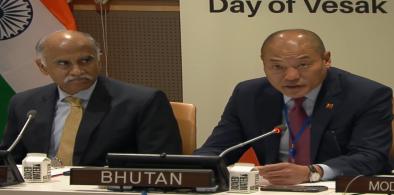

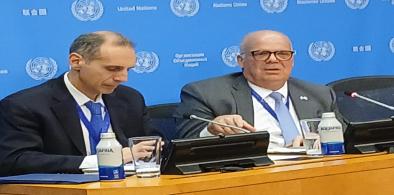

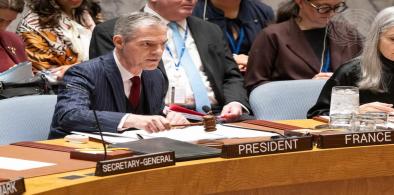

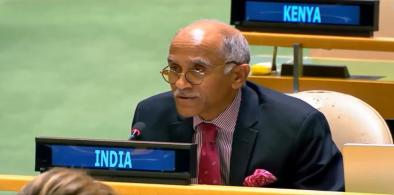
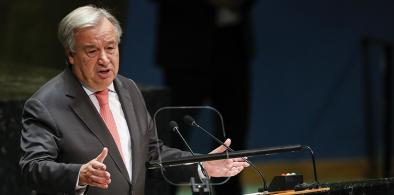
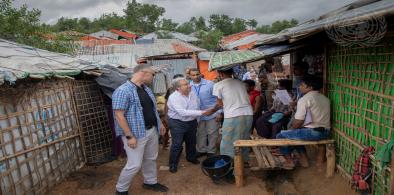







Post a Comment